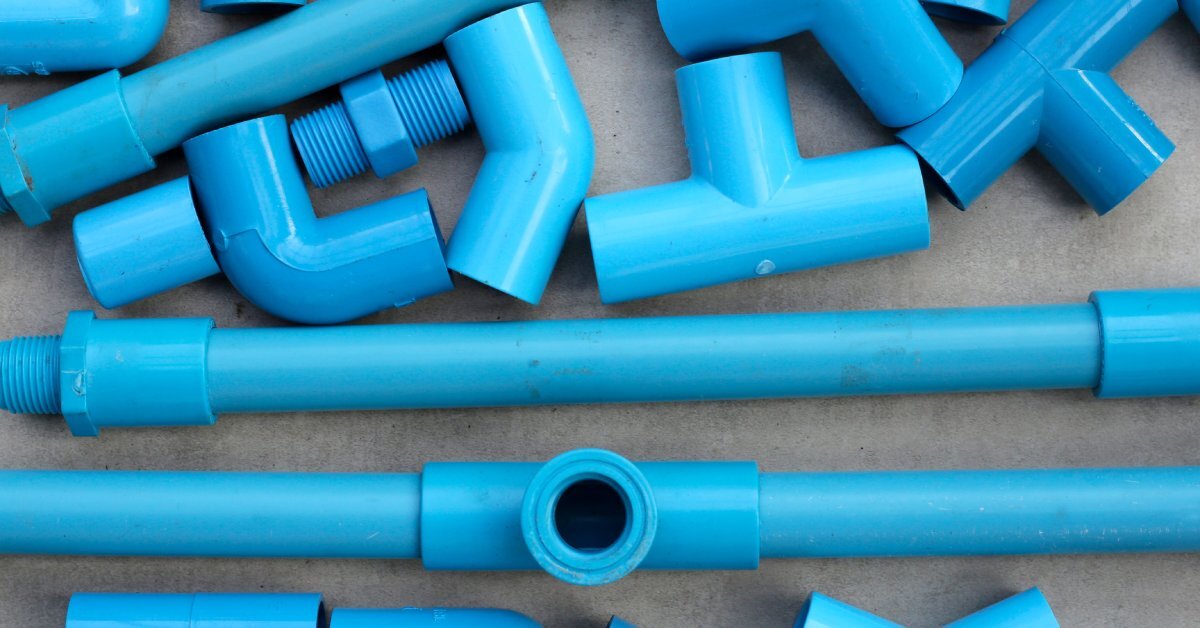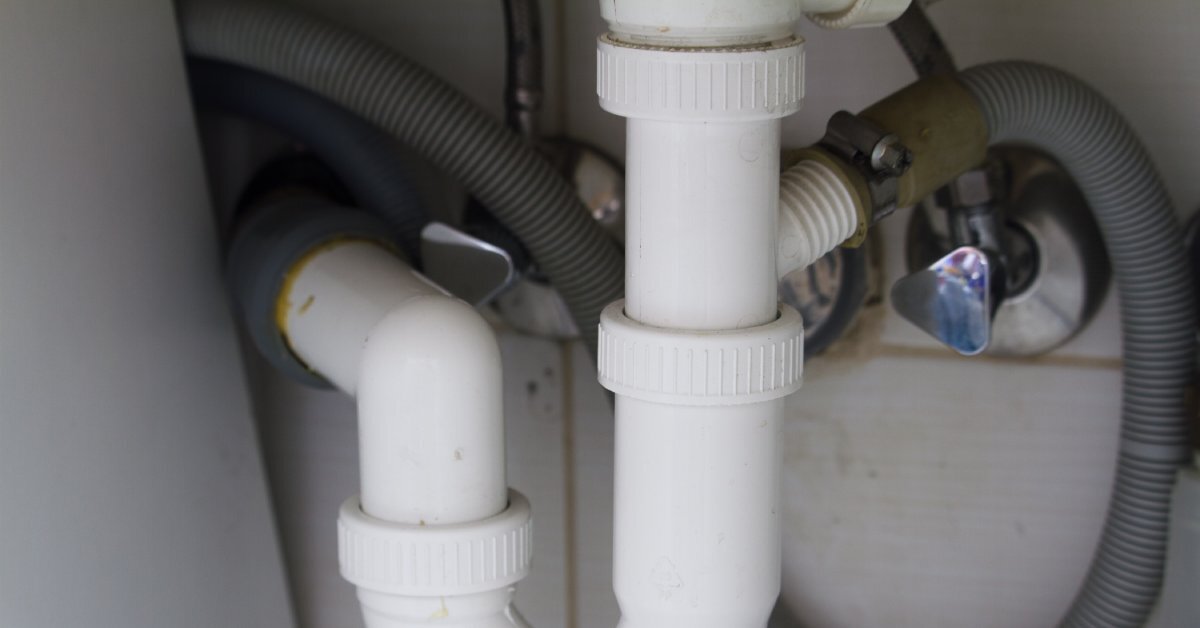7th Mar 2025
How Tight Should Your Threaded PVC Fittings Be?
Threaded PVC fittings are a crucial component in plumbing and construction projects, acting as the link that ensures a secure and reliable connection in your system. But one common question that often arises is, "How tight should threaded PVC fittings be?" Properly securing threaded PVC fittings is not just about ensuring a leak-free connection; it also impacts the longevity and safety of the entire system.
When tightened too loosely, fittings can cause leaks. When overtightened, they may crack, resulting in costly repairs. Let’s explore every aspect of tightening threaded PVC fittings, so you can achieve optimal results every time.
Threaded PVC Fittings—Why They’re Essential
Threaded PVC fittings play a specialized role in the world of plumbing and construction. These fittings are specifically designed to connect PVC pipes in systems built to transport water, chemicals, or gases. Unlike glued connections, threaded fittings allow for easy disassembly, which is why they are ideal in setups requiring future flexibility or adjustments.
Threaded PVC fittings function seamlessly by creating a mechanical seal where two components are tightly screwed together. However, they need to be correctly installed to ensure secure performance. Tightening them too much or too little can compromise the entire system. For contractors and other professionals handling these fittings, understanding their design and purpose is the first step toward proper installation.
Determining How Tight They Should Be
Achieving the perfect tightness in threaded PVC fittings isn’t as simple as "tighten until it feels right." There are several important factors to consider, each of which can influence the integrity of the connection.
The material of the fitting itself is critical. PVC is a flexible but durable plastic material, meaning over-tightening causes excessive stress and could lead to cracks. The size of the fitting also matters; larger fittings tend to require less torque than smaller counterparts to achieve a secure seal. Finally, the environment plays a role. For example, fittings exposed to high temperatures or pressures require a more careful approach to tightening to accommodate expansion and stress on the threads.
Understanding how these factors work together will prevent unexpected issues, such as leaks from loose connections or damaged threads caused by overtightening. Plumbers and builders should assess these conditions before even beginning the tightening process.

Choosing the Right Tools and Materials
Even with the proper technique, achieving the correct tightness in your PVC fittings isn’t possible without the right tools. The good news is that the tools required are generally simple and accessible, but selecting the right ones ensures precision and consistency.
A quality strap wrench is highly recommended for threaded PVC fittings since it doesn’t damage the surface of the PVC like traditional metal wrenches might. Thread seal tape, often known as Teflon tape, is another must-have. Wrapping this tape around the male threads creates a lubricated surface that ensures a secure, leak-proof seal when the fitting is tightened.
Thread-sealing compounds can be useful, particularly in high-pressure or industrial applications. However, it’s important to choose a product that’s specifically safe for PVC to avoid corrosion or degradation of the material. With the right tools and accessories in hand, you’ll already be one step closer to a successful installation. You can start browsing schedule 80 PVC couplingsand more fittings today to ensure you can find all the materials you need to create a tight and reliable system.
Recognizing the Signs of Over-Tightening
When it comes to threading PVC fittings, more isn’t always better. Overtightening is one of the most common mistakes made by both beginners and even seasoned professionals. PVC threads will not handle excessive torque, which can create stress fractures or even completely split the fitting over time.
How can you recognize overtightening? A primary sign is resistance that goes beyond light snugness—it’s a clear red flag when you feel significant resistance or hear a cracking sound while tightening. Additionally, visual signs, such as warped or distorted threads, should be immediate indicators that the fitting has been compromised.
Practical advice for plumbers and builders includes applying snug but moderate force. You want the fitting to feel tight without requiring excessive effort. Many professionals use their hands to snuggly tighten the fitting before giving it an additional turn or two with a tool. This prevents dangerous over-tightening while promoting a secure connection.
Common Mistakes That Cause Leaks or Damage
Knowing how tight your threaded PVC fittings should be is important because several mistakes can occur during the process of securing the fittings. Understanding these mistakes is the best way to avoid them altogether. One major error is failing to use thread seal tape. Without this essential tape, the risk of small gaps, leaks, and weakened connections increases dramatically.
Another frequent mistake is using incompatible tools, such as metal wrenches, directly on PVC. Such tools can leave scratches or crush the fitting, leading to failure under pressure. Furthermore, starting with dirty or damaged threads can interfere with the connection, so taking a moment to clean and inspect your fittings before assembly is key.
While thread sealants are helpful in certain situations, using too much can prevent proper tightening or create unintended buildup within the fitting itself. A light application or relying on tape alone often eliminates this risk.

Approaches for Different Scenarios and Fitting Types
Threaded PVC fittings come in various types and are commonly used in countless scenarios, and the tightening method may vary depending on these specific applications. For outdoor irrigation installations, it’s important to account for environmental conditions like soil movement and temperature fluctuations. Fittings in these setups should be securely tightened but with room for expansion and compression.
High-pressure systems, such as those transporting chemicals or pressurized air, demand a higher degree of precision. It’s always critical to consult manufacturer-guided torque specifications or tolerance limits.
Residential plumbing projects, on the other hand, are typically more forgiving. A snug hand-tight seal followed by minor tool adjustments is typically sufficient to prevent leaks while avoiding the risks of crack formation in over-torqued pipes.
Understanding which practices suit your specific project ensures durability across all setups, whether simple home repairs or large-scale industrial builds.
Why Following Best Practices Matters the Most
The proper tightening of threaded PVC fittings isn’t just a technical undertaking—it’s a vital aspect of maintaining the long-term safety and reliability of any plumbing or construction project. When fittings are installed correctly, they minimize future risks of leaks, breakdowns, and costly maintenance. This not only saves time and money for the contractor but also enhances the reputation of professional plumbers and builders among their clients.
Taking a few moments to assess factors like material type, utilizing the right tools, applying techniques designed to avoid mistakes, and tailoring your approach to different scenarios can make all the difference. Your attention to detail today ensures lasting performance for the systems you install.

